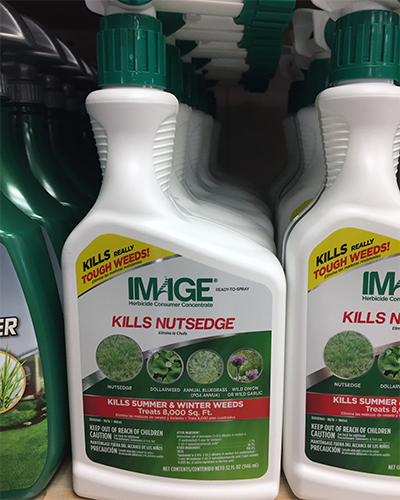Fall vegetable gardening is right around the corner. It seems too hot to even think about gardening, but you should start now to ensure a successful crop this fall. It is recommended to begin planting tomatoes and peppers mid- August. Many seeds begin the first week of September. I usually plant my tomatoes in September, but the longer you wait to plant, the bigger you need to buy.
First, you need to pull up the last of the tomato plants from your spring garden. Any other veggies that are looking summer worn need to be pulled also. They will never recover for a fall crop anyway.
Next you need to weed the garden. You could try covering the garden for a few weeks with plastic to solarize which will kill most weeds, but this usually is done earlier in the summer for a couple of months of solarization. Hand hoeing or tilling can be done depending on the size of the garden.
Be sure to thoroughly water the ground a day or two ahead to soften it since we have had no rain for weeks. Once all the old plants and weeds are removed, it is time to work in compost. The more compost the better. And you know what that means if you have ever dug in our soil. Heavy clay soil is not conducive to rapid root development. The better the soil prep, the better the plants grow.
The more roots a plant develops, the easier it is for the plant to take up valuable nutrients and water. Be sure to use a good quality compost. We carry Cotton Burr Compost, Natures Blend Compost. I have always said,” You need a $50.00 hole for a $5.00 plant.” Life does begin with the soil, so always spend a little extra time, effort and money when it comes to soil prep. Your plants will reward you.
Be sure to use a good quality compost. We carry Cotton Burr Compost, Natures Blend Compost. I have always said,” You need a $50.00 hole for a $5.00 plant.” Life does begin with the soil, so always spend a little extra time, effort and money when it comes to soil prep. Your plants will reward you.
-DeAnna
 passing the joy of gardening to another generation.
passing the joy of gardening to another generation.

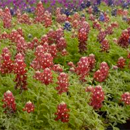
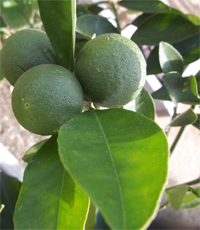
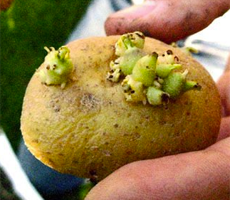
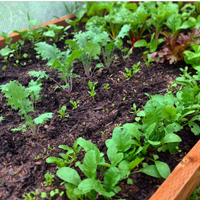 Now’s the time to prepare the soil with fresh compost and plan your garden layout. Sow seeds of root crops, ex. beets, carrots, radish and turnips. Don’t forget your leafy vegetables such as chard, collards, kale, lettuce, mustard and spinach. Transplants of broccoli, cabbage and cauliflower can also be planted now. If you are limited on space, you may want to take this time to let the garden rest. In just a few weeks it will be time to think about tomatoes, beans, corn, cucumbers, squash and more of the warm season veggies. We will begin bringing in tomatoes the middle of the month, but suggest you transplant them into 1 gal pots so you can take them in on the cold nights. If you prefer to wait till after fear of frost, we will have 1 gallon plants already established for you to plant at a later date. The longer you wait, the bigger you need to buy.
Now’s the time to prepare the soil with fresh compost and plan your garden layout. Sow seeds of root crops, ex. beets, carrots, radish and turnips. Don’t forget your leafy vegetables such as chard, collards, kale, lettuce, mustard and spinach. Transplants of broccoli, cabbage and cauliflower can also be planted now. If you are limited on space, you may want to take this time to let the garden rest. In just a few weeks it will be time to think about tomatoes, beans, corn, cucumbers, squash and more of the warm season veggies. We will begin bringing in tomatoes the middle of the month, but suggest you transplant them into 1 gal pots so you can take them in on the cold nights. If you prefer to wait till after fear of frost, we will have 1 gallon plants already established for you to plant at a later date. The longer you wait, the bigger you need to buy. Planning For Spring Flowers
Planning For Spring Flowers 
